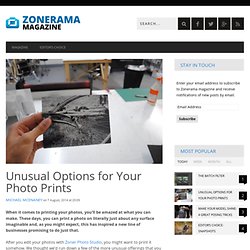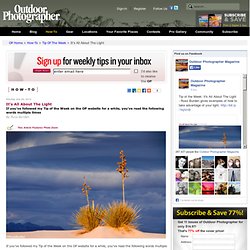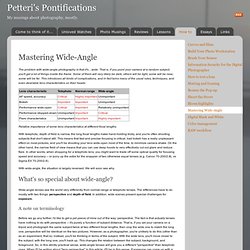

Unusual Options for Your Photo Prints. When it comes to printing your photos, you’ll be amazed at what you can make.

These days, you can print a photo on literally just about any surface imaginable and, as you might expect, this has inspired a new line of businesses promising to do just that. After you edit your photos with Zoner Photo Studio, you might want to print it somehow. We thought we’d run down a few of the more unusual offerings that you might want to consider next time you’re in the mood for something a little different where your image output needs are concerned. How about your images printed out a sheet of shiny aluminum? The folks at Pixel2Canvas can do exactly that offering to print on your favorite images onto sheer or gloss coated aluminum – and the results we eyed were rather stunning. Using sublimation inks and equipment, the image is printed to the aluminum sheet (sizes range from 8 x 10 to 16 x 24 inches) and finished with either a satin or gloss coating.
Not into heavy metal? It’s All About The Light. How-To Monday, July 28, 2014 By Russ Burden If you've followed my Tip of the Week on the OP website for a while, you've read the following words multiple times—It's All About The Light.

If you've been with me on one of my nature photo tours, you undoubtedly heard me use the quote. If you've telepathically crawled inside my head, you've felt those words radiate through my brain. So what exactly do those title words mean? In the first image that accompanies this article, the dramatic light occurred when a break in the clouds allowed the sun to briefly spotlight the pair of yuccas at sunset.
The direction of light is important to the success of the image. In the final image, taken along the coast of Oregon, once again, the "lighting director" worked some overtime. Visit www.russburdenphotography.com Add Comment. 5 Tips for Photographing Trees. For landscape photography you definitely need some patience, some “sitzfleisch.”

I heard this statement many times when I was starting out in photography. There’s probably something to it, and by the end of this article we’ll state once more that luck comes to the well-prepared. So read on, head out, and help your luck to find you! Trees take their time, and so should we. Let’s first dwell on a few questions. 1) What tree, what season? 2) When? By the way, this is one type of photography where you can finally concentrate on light over color!
I can’t unambiguously say that a cloudless sky or a dynamic one is better. 3) What Equipment? Equipment: DSLR, wide-angle lens starting from e.g. 24 mm (35mm equivalent). It’s vital to set your camera’s profile to landscape, scenery mode, or the like, before you start taking pictures. 4) How? A) They check the wind direction and the weather, and if appropriate speed up their shoot or call it off. A Great Path to a Cheaper Lens. Every owner of an interchangeable-lens camera has been there: so many great lenses, so little money to spend on them!

But thankfully there’s a way to pick up some very decent lenses at great prices. The classic way to save here is to buy used lenses. But today’s article is about more than just second-hand products. It’s about third-hand! And fourth-hand, and often even lenses that haven’t been manufactured for years. Poppies, captured using a decades-old lens. The Main Downside When you’re talking mid-20th century lenses, you’re mainly talking about the M42 bayonet mount. Photo.net. Chromasia - Photography and Post-Production Training. Mastering Wide-Angle. The problem with wide-angle photography is that it's... wide.

That is, if you point your camera at a random subject, you'll get a lot of things inside the frame. Some of them will very likely be dark, others will be light, some will be near, some will be far. This introduces all kinds of complications, and in fact turns many of the usual rules, techniques, and even desirable lens characteristics on their heads. Relative importance of some lens characteristics at different focal lengths. With telephoto, depth of field is narrow, the long focal lengths make hand-holding tricky, and you're often shooting subjects that don't stand still. With wide-angle, the situation is largely reversed. What's so special about wide-angle? Wide-angle lenses see the world very differently from normal-range or telephoto lenses.
A note on terminology Before we go any further, I'd like to get a pet peeve of mine out of the way: perspective. Tutorials, training videos, and workshops for photographers using Adobe Photoshop Lightroom.